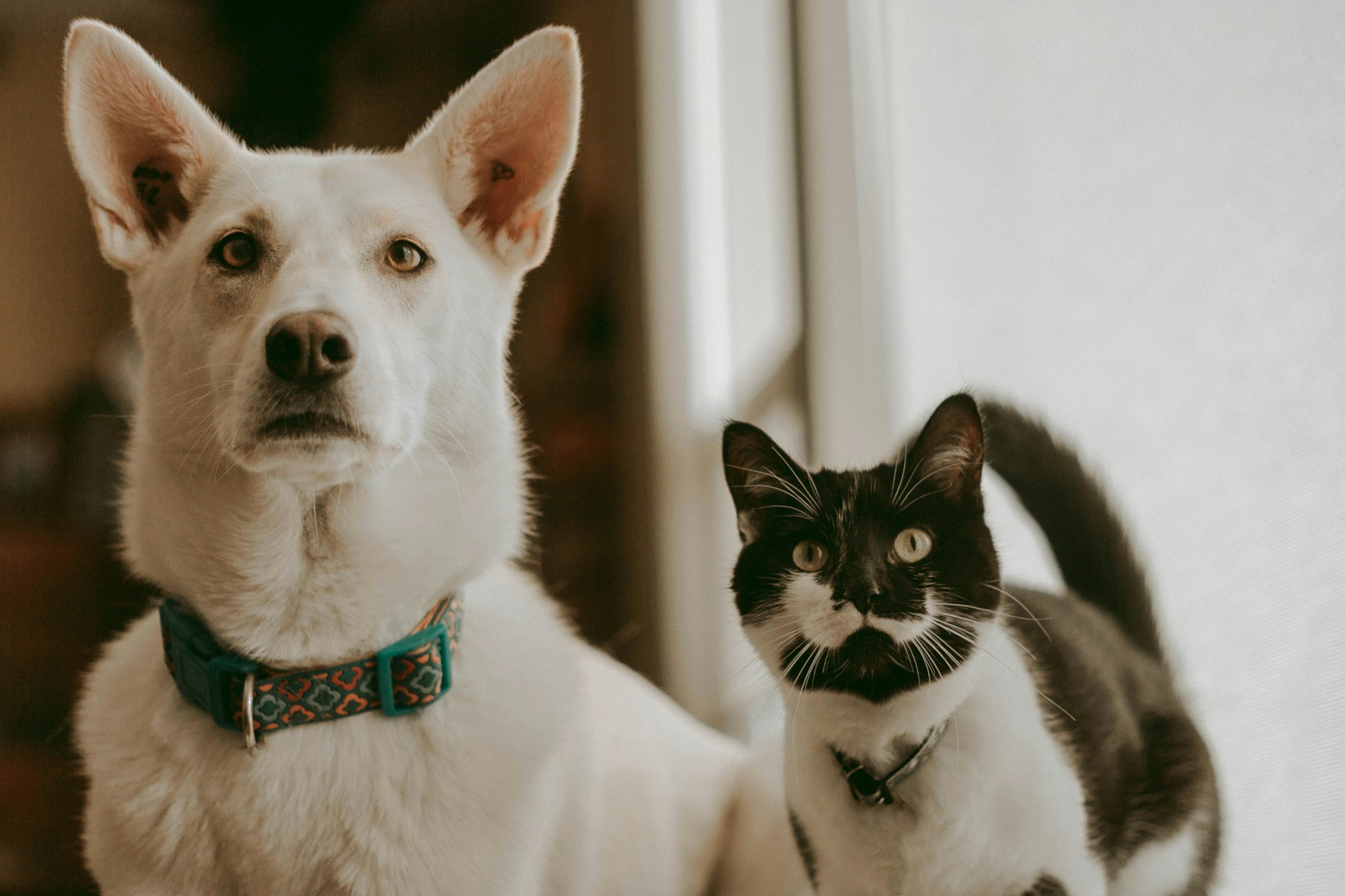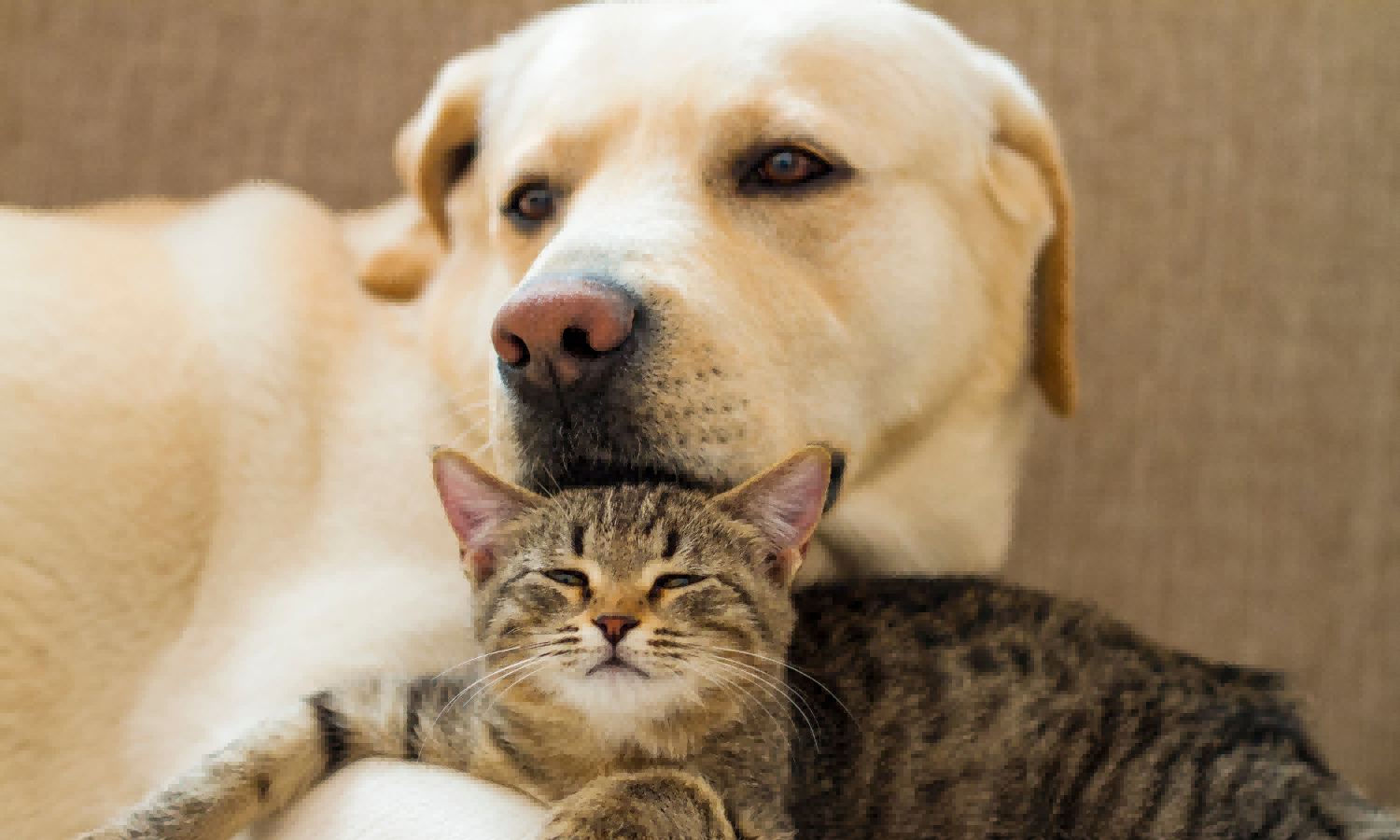Palatants in Pet Food
When you open a can or bag of pet food, you might notice the savory aroma that wafts out, making your pet come running. Have you ever wondered what makes pet food so enticing to your furry friend? The secret lies in the use of palatants.

What are Palatants?
Palatants are additives used in pet food to enhance its flavor and aroma, making it more appealing to pets. They are designed to stimulate a pet’s appetite and encourage them to eat the food. These additives are commonly used in both dry and wet pet foods and are essential for ensuring that pets receive the necessary nutrients they need for a healthy diet.
The Science Behind Palatants
The sense of taste in pets is not too dissimilar from that of humans. Like us, pets have taste buds that allow them to perceive different flavors such as sweet, sour, salty, and bitter. However, unlike humans, who have around 9,000 taste buds, dogs have only about 1,700, while cats have even fewer, with around 470. This difference in taste bud numbers can influence their preferences for certain flavors.

Additionally, pets rely heavily on their sense of smell when it comes to food. Dogs have an estimated 300 million scent receptors in their noses, while cats have around 200 million. This keen sense of smell plays a significant role in how pets perceive the flavor and palatability of their food.
When formulating pet foods, manufacturers take these factors into account and use palatants to make the food more appealing to pets. Palatants work by enhancing the natural flavors and aromas of the ingredients in the food, making it more enticing to pets.
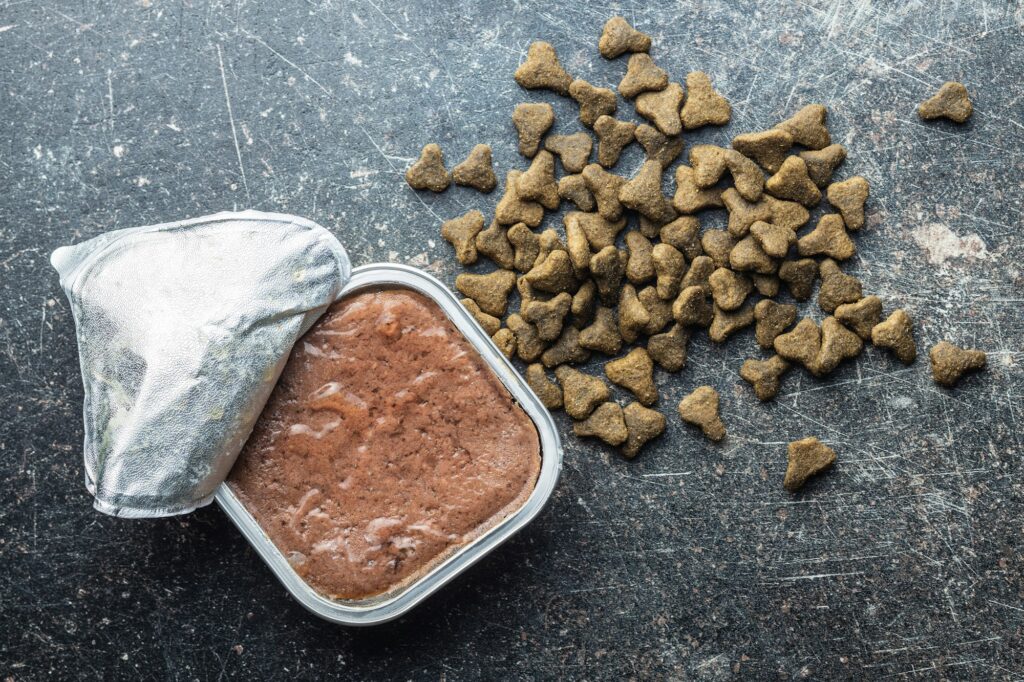
Common Ingredients Used in Palatants
Palatants can be made from a variety of ingredients, both natural and artificial. Some of the most common ingredients used in palatants include:
- Meat and Meat By-Products: Real meat and meat by-products are often used in palatants to enhance the natural meat flavor of the pet food. Ingredients such as chicken, beef, and fish are commonly used to create savory palatants that appeal to pets.
- Animal Fat: Animal fats are rich in flavor and aroma, making them an ideal ingredient for palatants. These fats can be derived from sources such as chicken, pork, or beef and are used to enhance the overall taste of the pet food.
- Hydrolyzed Animal Proteins: Hydrolyzed animal proteins are proteins that have been broken down into smaller molecules through a process called hydrolysis. These proteins are highly palatable and can enhance the flavor of pet food, making it more appealing to pets.
- Natural Flavorings: Natural flavorings such as broth, gravy, and extracts are often used to enhance the taste and aroma of pet food. These flavorings are derived from natural sources and can help to make the food more appealing to pets.
- Artificial Flavorings: In some cases, artificial flavorings may be used to enhance the taste and aroma of pet food. These flavorings are designed to mimic the taste of natural ingredients and can help to make the food more palatable to pets.
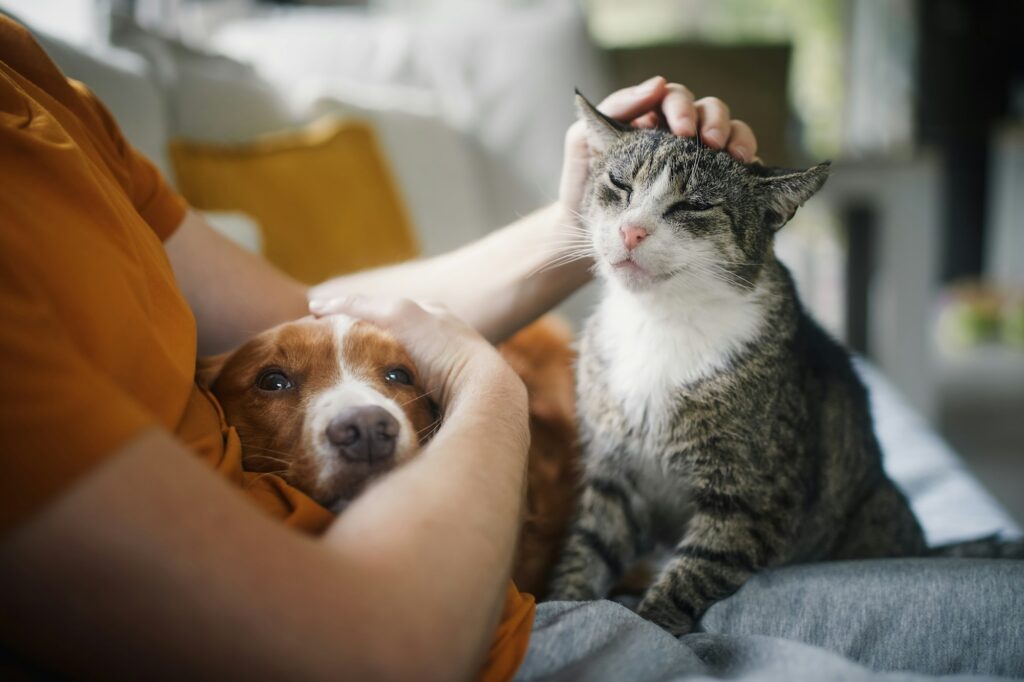
The Role of Palatants in Pet Food
Palatants play a crucial role in the overall palatability of pet food. By enhancing the flavor and aroma of the food, palatants help to stimulate a pet’s appetite and encourage them to eat. This is especially important for pets that are picky eaters or have specific dietary requirements.
In addition to making the food more appealing to pets, palatants can also help to mask any undesirable flavors or odors that may be present in the food. This can be particularly useful for pet foods that contain ingredients that are not naturally palatable to pets.

Types of Palatants
There are two main types of palatants used in pet food: liquid palatants and dry palatants.
- Liquid Palatants: Liquid palatants are typically sprayed onto the surface of the kibble or mixed into wet pet food. These palatants help to enhance the flavor and aroma of the food, making it more appealing to pets. Liquid palatants are often used in wet pet foods, as they can help to improve the texture and consistency of the food.
- Dry Palatants: Dry palatants are powders that are mixed into the dry kibble during the manufacturing process. These palatants help to enhance the flavor and aroma of the kibble, making it more appealing to pets. Dry palatants are often used in dry pet foods, as they can help to improve the overall palatability of the food.
Considerations When Choosing Pet Food
When choosing a pet food for your furry friend, it’s essential to consider the palatability of the food. Look for foods that contain high-quality palatants, as these will help to ensure that your pet enjoys their meals and receives the nutrients they need for a healthy diet.
Additionally, it’s essential to consider your pet’s individual preferences and dietary requirements when selecting a pet food. Some pets may prefer certain flavors or textures, so it’s essential to choose a food that meets their specific needs.
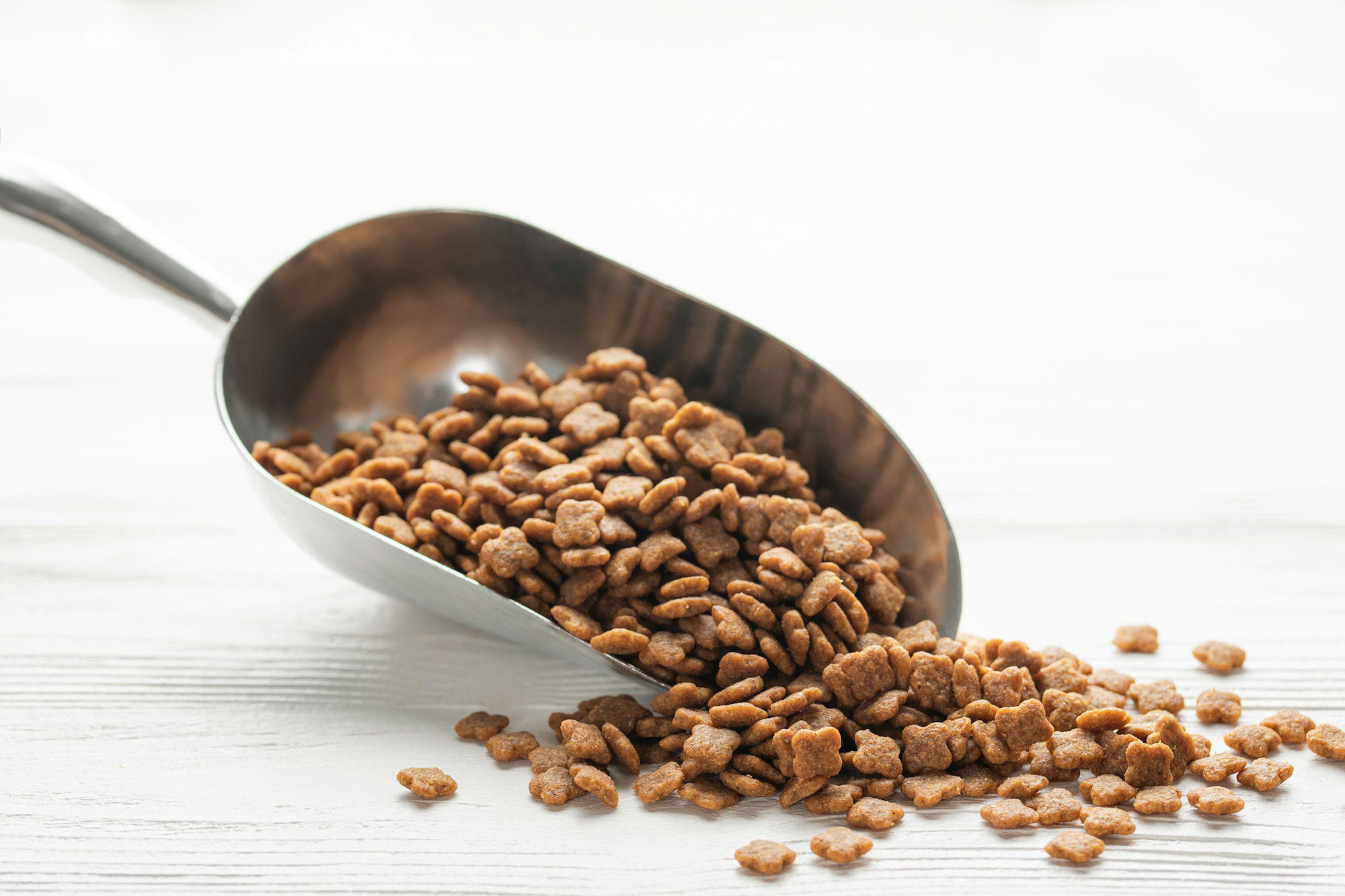
Conclusion
Palatants play a crucial role in the overall palatability of pet food. By enhancing the flavor and aroma of the food, palatants help to stimulate a pet’s appetite and encourage them to eat. Whether it’s a savory gravy or the aroma of real meat, palatants are essential for ensuring that pets enjoy their meals and receive the nutrients they need for a healthy diet. When choosing a pet food for your furry friend, be sure to consider the palatability of the food and select a high-quality option that meets their specific needs.

